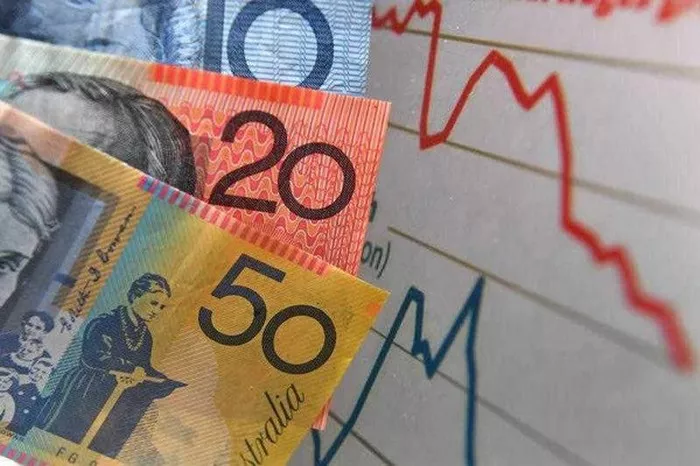AUD/USD is consolidating within a one-week range around 0.6395 on Monday.
The Reserve Bank of Australia governor said unemployment could remain near 40-year lows and wage growth was strong.
The improvement in U.S. economic data has provided support for the U.S. to maintain high interest rates for a long time.
Investors are awaiting U.S. consumer price index and Australian employment data.
AUD/USD was consolidating near key resistance at 0.6400 in early Asian trade on Monday. Meanwhile, the U.S. Dollar Index (DXY), which measures the greenback’s value against a basket of global currencies, retreated from a six-month high of 105.15 and is currently trading around 104.85.
After the Reserve Bank of Australia maintained the official cash rate (OCR) at 4.10% last week, the Reserve Bank of Australia (RBA) said that the decision to keep interest rates unchanged will give the Reserve Bank of Australia more time to study the effects of the current interest rate increase and economic prospects. In a speech, Reserve Bank of Australia governor Philip Lowe, whose term ends on September 18, noted that wages and profits were likely to exceed levels consistent with inflation returning to target in late 2025. Unemployment can remain near 40-year lows and wage growth is strong.
In terms of economic data last week, Australia’s GDP (gross domestic product) in the second quarter of 2023 climbed to 0.4% from 0.2% in the first quarter, which was better than the expected value of 0.3%. In the second quarter, the annual GDP rate was 2.1%, compared with 2.3% in the first quarter, which was better than the 1.7% expected.
Investors are worried about weak demand and deflation in China. The Chinese government denies that China has entered a period of deflation, because according to indicators, consumer prices need to fall for three consecutive months to be considered deflation. However, inflation has been hovering just above zero since the start of the year. On Saturday, data released by China’s National Bureau of Statistics showed that China’s consumer price index (CPI) recorded an annual rate of 0.1% in August, compared with -0.3% in the previous month and 0.2% in the expected period, which was lower than expected. The monthly figure was 0.3%, in line with expectations. Finally, the Producer Price Index (PPI) recorded an annualized rate of -3.0%, compared to -4.4% in July, in line with expectations. The number fell at the slowest pace in five months. Concerns about China’s economic slowdown may put some selling pressure on the Australian dollar (AUD), which acts as a proxy for China, and be negative for AUD/USD.
In terms of the dollar, improving U.S. economic data released last week may force the Federal Reserve (Fed) to keep interest rates unchanged at its September meeting, but the market expects the Fed to raise interest rates by another 25 basis points (bps) before the end of the year. Markets are pricing in a 93% chance of keeping rates on hold at the September meeting and a 43.5% chance of a Fed rate hike in November, according to the CME Group’s FedWatch tool. Talk of higher U.S. long-term interest rates could boost the dollar against other currencies.
U.S. Consumer Price Index (CPI) data for August due out on Wednesday will provide more information to market participants. Inflation is expected to rise 0.5% monthly, while core inflation is expected to hold steady at 0.2%. In Australia, Australian employment data will be released on Thursday. China’s industrial production and retail sales data will be released on Friday. Traders will look for AUD/USD trading opportunities from this data.


